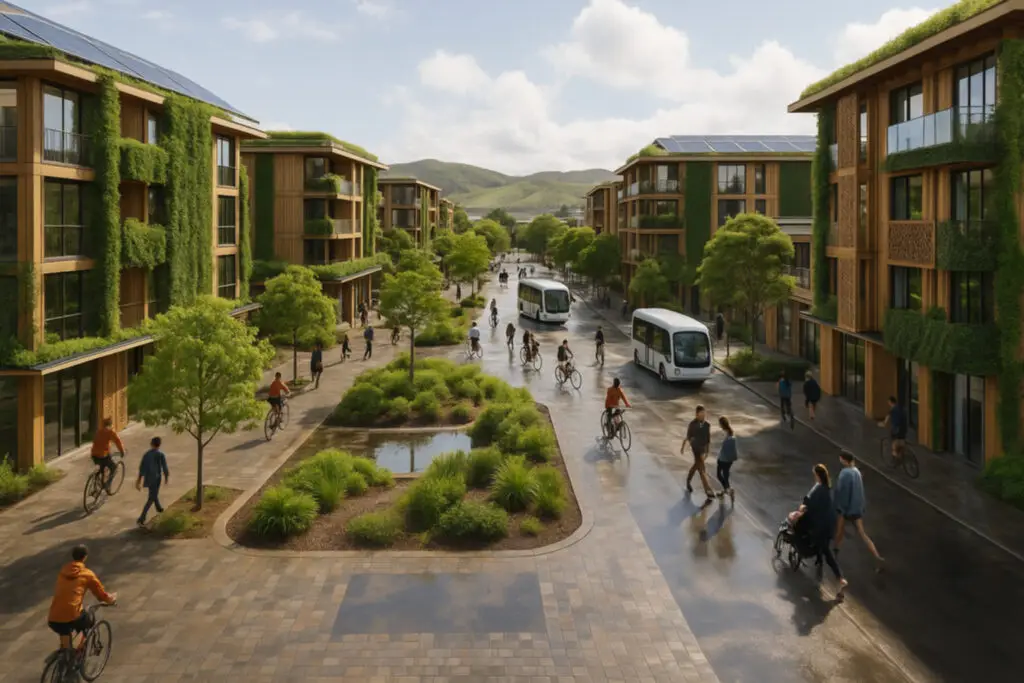Green Planet Vision

Green Planet Vision lights the path from today’s concrete jungles meanwhile to living, breathing neighborhoods. Framed by Eco Wave Green, it invites you to feel, measure, and shape progress. Six transparent metrics – spanning carbon, energy, biodiversity, materials, equity, and data – turn abstract hope into daily accountability. Investors indeed track numbers, councils trust open ledgers, and residents see their rooftops bloom. Every score meanwhile above baseline signals shared victory. Join the movement subsequently and rewrite what a city can be.
Why Green Planet Vision Uses Six Audi table Metrics
Abundant data alone cannot granted inspire hearts; clear indicators with personal stakes can. We select numbers you can feel – kilograms of carbon, hours of backup power, singing tūī outside your window. Because the framework is consequently open source, any citizen can download the methodology, recalculate, and challenge the result. That transparency breeds trust, and trust accelerates permits, finance, and adoption. Quarterly reviews feed the Green Planet Vision – Eco Atlas, turning each building into a living lab and raising the collective bar across New Zealand, Australia and beyond.
Carbon-Impact Delta: Core Target of Green Planet Vision
- Carbon-Impact Delta: 70 % less CO₂ over 60 years.
- Energy Resilience Score: 72-hour autonomy with score ≥60.
- Biodiversity Net-Gain Index: +10 % habitat uplift audited independently.
- Circular-Materials Ratio: Half of all mass reclaimed or renewable.
- Community-Equity Metric: Design representation balanced at 1.0 score.
- Data-Trust & Explain ability: Open ledger and plain-language models.
Collaboration at City Scale
Complex problems ignore municipal borders, so Green Planet Vision champions radical collaboration. We release design files under Creative Commons, invite councils to co-author pilot scopes, and pair students with trade apprentices to narrow the skills gap. Success rides ultimately on portability: if a retrofit thrives in windy Wellington, it must adapt to humid Singapore without costly re-engineering. By baking applicability into every handshake, we seed a network of self-healing, knowledge-sharing cities – an ecosystem where your roof harvests rain and your neighbor’s facade cools the street as a result.
Our biodiversity metric aligns with the UK government’s DEFRA Biodiversity Metric 4.0 guidance, ensuring results that regulators already recognize.